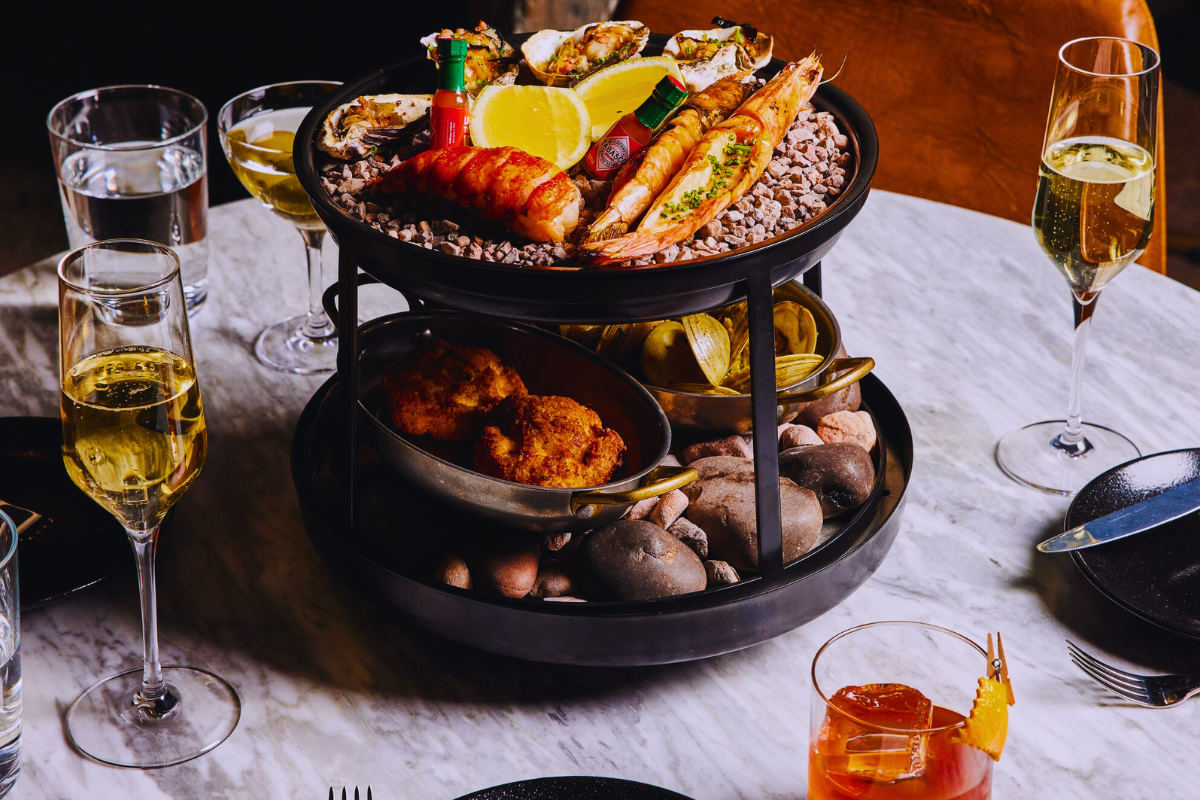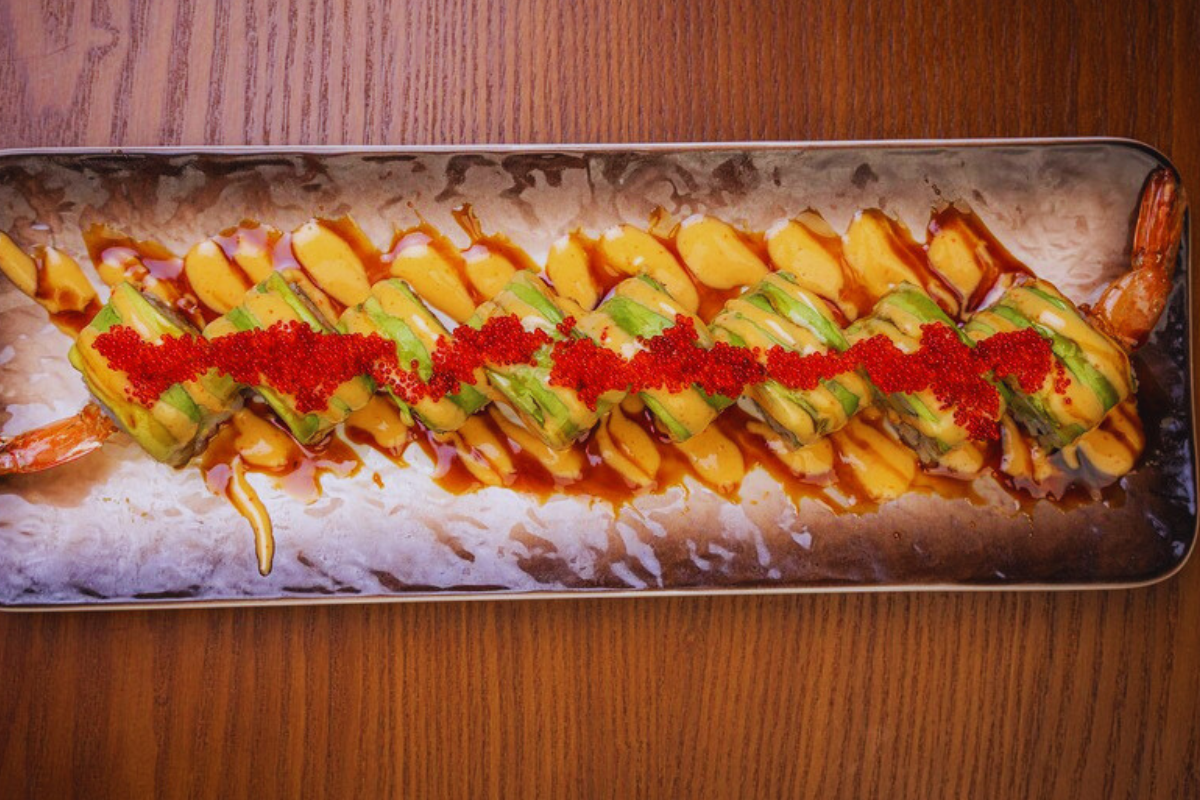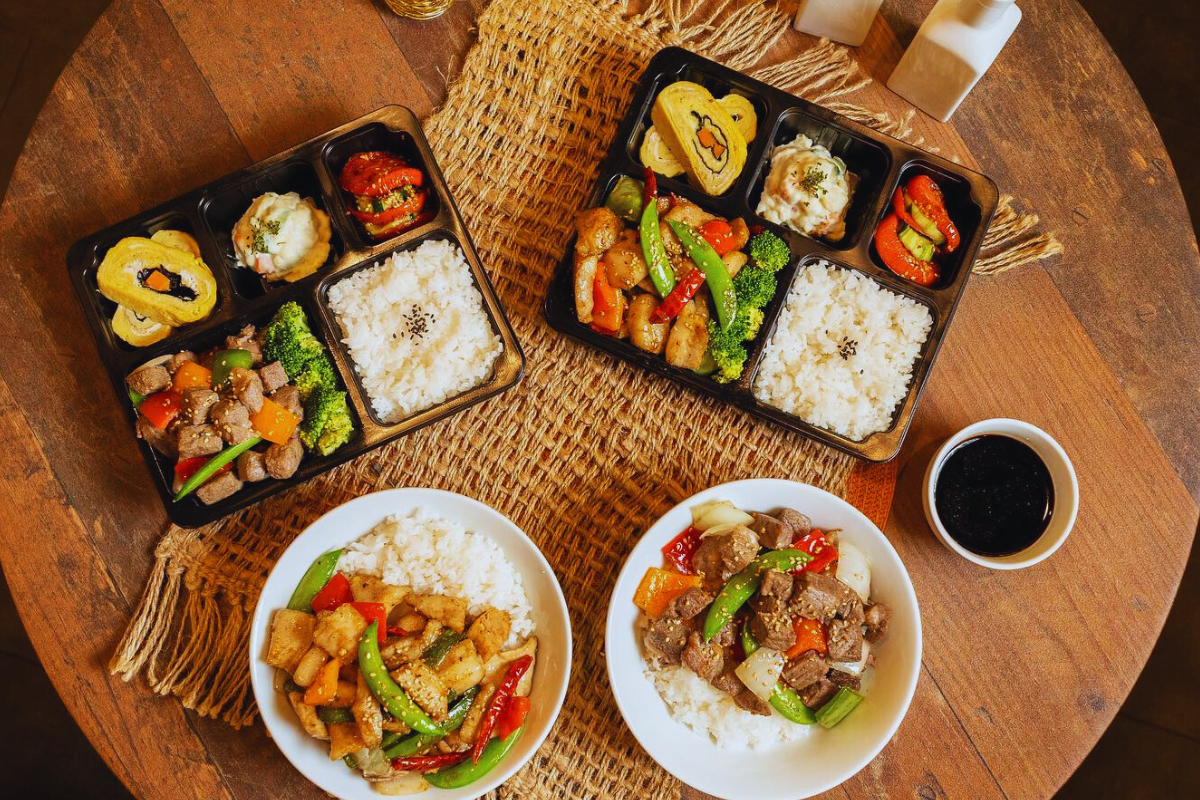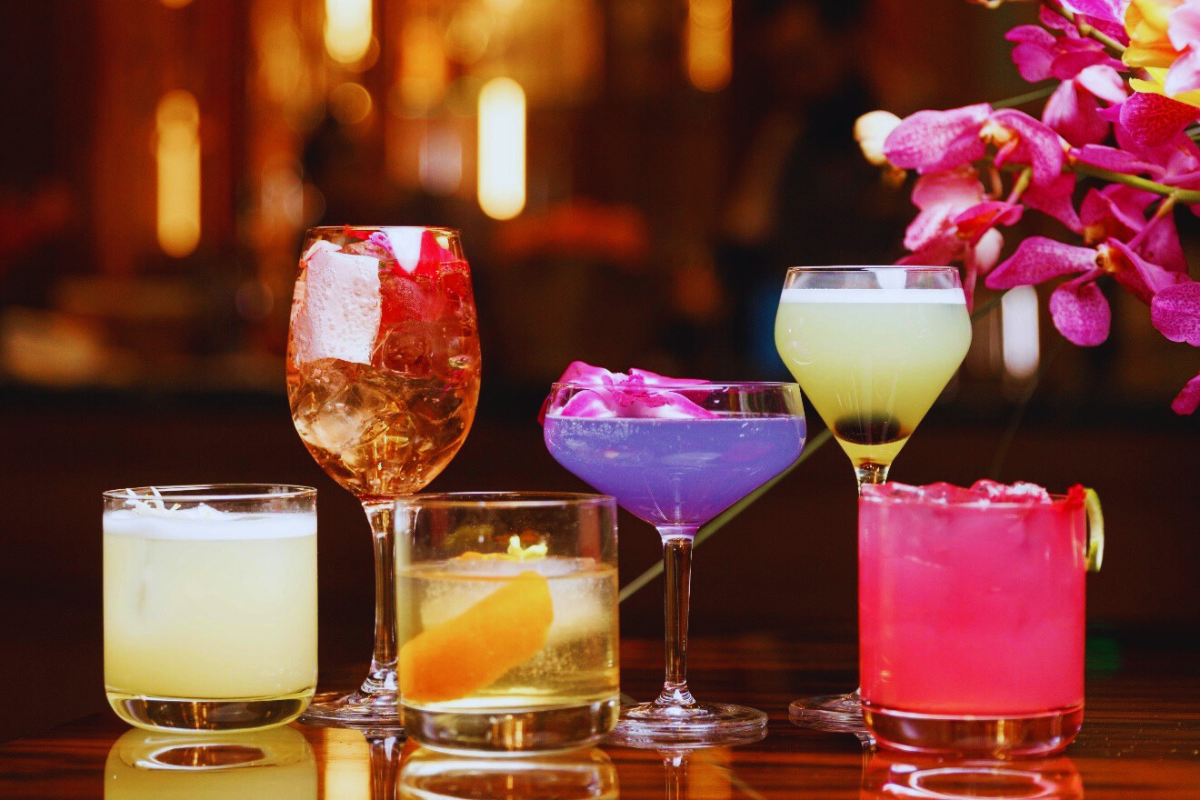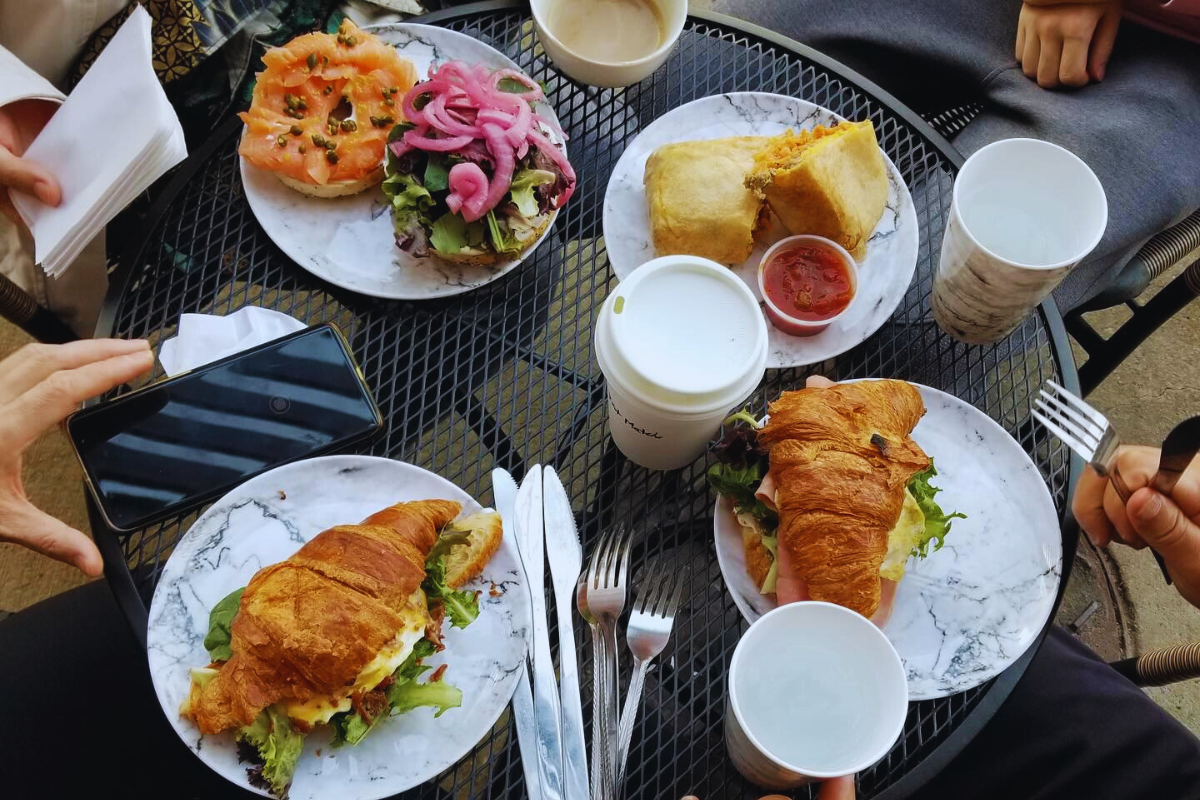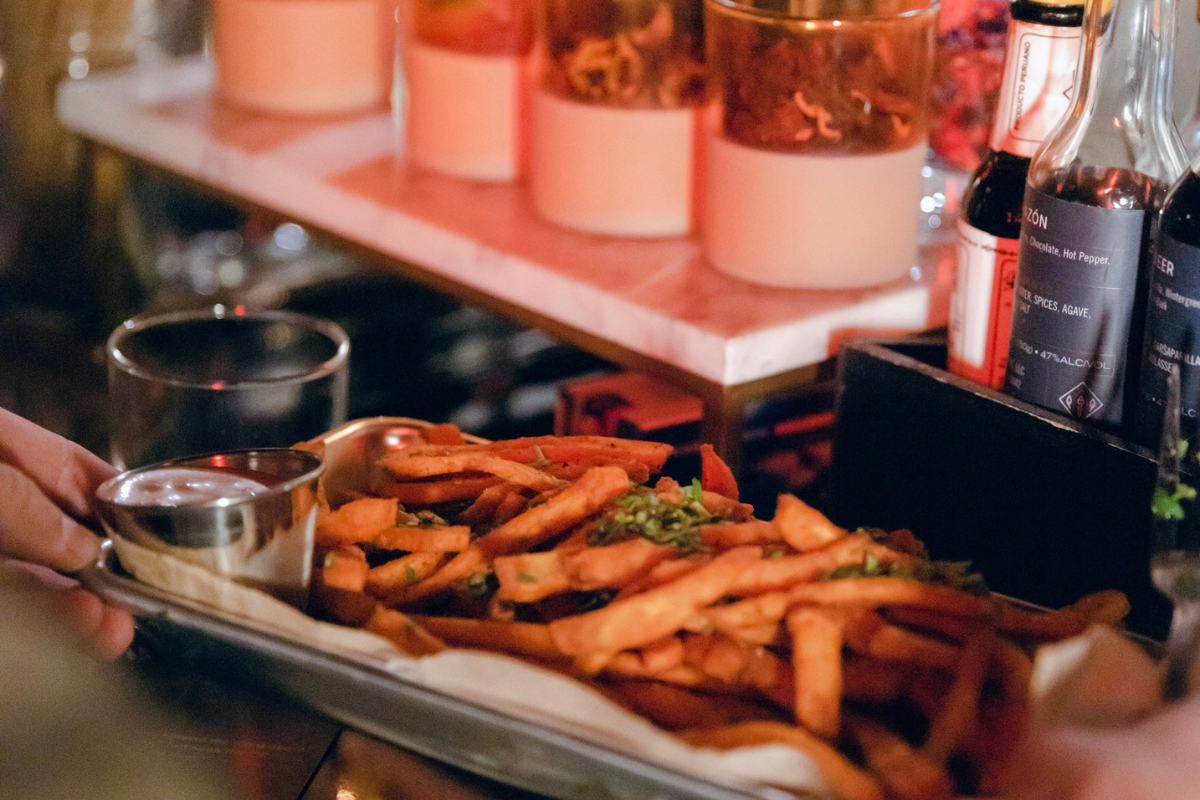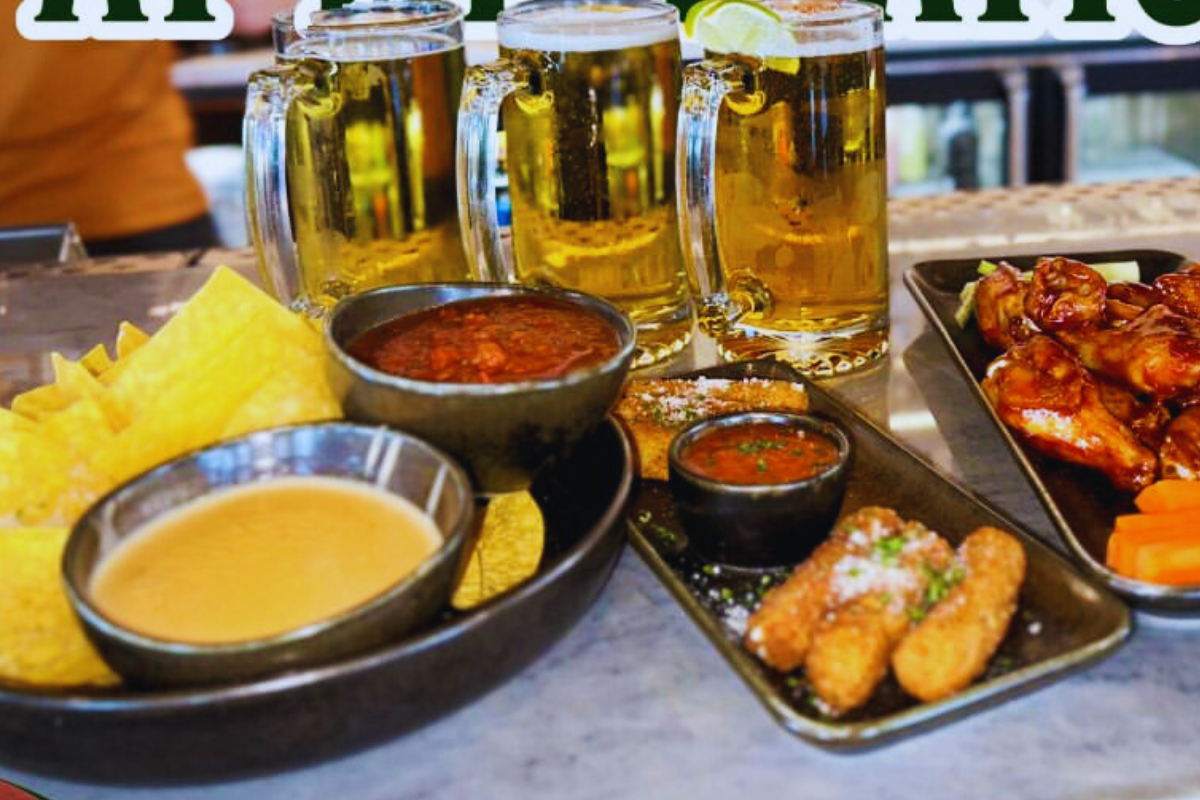Home
Restaurants
The Best Ramen in Salt Lake City: How Tokyo-Trained Chef Hiro Tagai Brought Authentic Japanese Soul to Koyote
The Best Ramen in Salt Lake City: How Tokyo-Trained Chef Hiro Tagai Brought Authentic Japanese Soul to Koyote
The unmistakable aroma hits you before you even step through the door—a rich, intoxicating fragrance of slowly simmered bone broth and roasted aromatics that makes you stop mid-stride on West 400 North. Inside Koyote, Salt Lake City's most coveted ramen destination, Chef Hiro Tagai is ladling his ten-hour tonkotsu broth over fresh chuuka soba noodles, creating what Utah Stories called "quite simply, the best ramen I've eaten in Utah." This isn't just another noodle shop—it's the culmination of a Tokyo-born chef's decade-long journey to bring authentic Japanese ramen culture to the Marmalade District, one soul-warming bowl at a time.

From Happy Sumo to Tokyo Ramen Academy: Hiro Tagai's Authentic Journey
Hiro Tagai's path to creating the best ramen in Salt Lake City reads like a culinary pilgrimage. Born in Japan and raised in Utah, he grew up craving authentic Japanese flavors that were scarce in his new home. After serving as head sushi chef at Happy Sumo for nearly a decade, Tagai made a decision that would change Utah's ramen landscape forever: he returned to Japan to study the art of ramen-making at its source.
"Chef/Owner Hiro Tagai worked for about a decade as head sushi chef at Happy Sumo before moving back to his home country of Japan to study at ramen school (yes, there is such a thing) and to work in ramen shops." At the prestigious Shoku Dojo Tokyo Ramen Academy, Tagai immersed himself in the centuries-old techniques that transform simple ingredients into liquid gold. He worked the intense kitchens of Pulkkau Ramen Ginri and Matador, two acclaimed Tokyo ramen shops where "the experience was life changing."
But Tagai's mission went beyond personal mastery. "Hiro's love for ramen was solidified during a trip to Japan with fellow sushi chefs. Every morning, they would seek out ramen shops, experiencing the depth and complexity of a dish that was so often misunderstood in America." He witnessed firsthand how authentic Japanese ramen could bring communities together, and he was determined to recreate that experience in his adopted home of Salt Lake City.
The Koyote Experience: Neighborhood Shokudo Meets Marmalade Magic
Step into Koyote's intimate 30-seat space at 551 W 400 N, and you're entering what Tagai and his business partner Felipe Oliveira envisioned as a true Japanese shokudo—a neighborhood restaurant where locals gather for comfort, conversation, and exceptional food. "Oliveira and Tagai wanted Koyote to be a 'shokudo,' or a Japanese neighborhood restaurant frequented by nearby residents, and Oliveira believes they've accomplished that."
The warm, wood-heavy design creates an atmosphere that's both contemporary and traditional, with "lots of wood and warm colors throughout the restaurant, with orange and yellow hues and splashes of red." The long counter gives diners a front-row seat to the ballet happening in the kitchen, where every bowl is crafted with the precision Tagai learned in Tokyo's demanding ramen shops.
The proof of their success? "On the fourth day, they ran out of food and had to close—and even today, there's always a line of people waiting at the front door when Koyote opens." It's the kind of neighborhood gem that makes locals feel protective—this is their place, their secret that they're only grudgingly willing to share.
What truly sets the Koyote experience apart is the ordering system via QR codes that gets you straight to the good stuff. As Salt Lake Magazine noted, "I can't decide if I love the recent restaurant trend of getting to the table and just scanning a menu and ordering. I'm for convenience and ease." While some might miss the server interaction, the system ensures your ramen arrives blazing hot and your karage wings reach the table while they're still sparkling.

Must-Try Dishes That Define Koyote's Magic
The menu reads like a love letter to Japanese comfort food, but several dishes have achieved legendary status among Salt Lake City ramen devotees:
The American Shoyu Ramen ($17) showcases Tagai's innovative approach to tradition. "I'm reeled in by the presence of house-smoked brisket, slow-cooked for hour upon hour before being galvanized in beef tallow." This isn't fusion for the sake of novelty—it's a thoughtful interpretation that respects both Japanese technique and American flavors, served in a "ten-hour creation built upon chicken and pork stock. It's utterly mesmerizing."
The Karage Wings have reached almost mythical status among regulars. "Decadently crispy, they arrived at the table almost sparkling. I thought it was my delirious hungry brain that made them look like they had arrived from heaven all glittery. But actually, they are dusted with vinegar salt." The wings are brined for maximum juiciness and coated in Japanese potato starch for that signature crunch.
The Whipped Tofu ($9) might be Koyote's most ingenious creation. "The whipped tofu could be Koyote's answer to hummus in a middle eastern restaurant. Instead of chickpeas ground smooth with tahini and drizzled with olive oil, you have silky tofu whipped smooth with garlic confit and sesame paste and topped with chile-crisp and mapo chilies." It's served with scallion pancakes for dipping, though one reviewer admitted to "just go straight for spooning it into your mouth, which yours truly resorted to. It was that good."
The Classic Ramen ($16) represents everything Tagai learned in Japan distilled into one perfect bowl. "The Classic ramen begins with a clear, scrumptious chicken and pork stock that I'm told simmers for some 10 hours, to which are added perfectly cooked chuuka soba noodles, umami-packed soft-boiled Japanese-style ajitama eggs marinated in sweetened soy, large slices of tender chashu pork, naga negi (Japanese green onions), blanched spinach, scallions, and menma—tender lacto-fermented bamboo shoots."
Marmalade District's Culinary Revolution: Where Community Meets Innovation
Koyote's location in the Marmalade District isn't accidental—it's part of a larger transformation that's making this historic neighborhood Salt Lake City's most exciting food destination. "The restaurant opened in January 2024 and instantly became one of the hottest tickets in town; lines out of the door formed in their first full week of service."
The partnership between Tagai and Felipe Oliveira represents a beautiful fusion of cultures and experiences. Oliveira, originally from Brazil, brings front-of-house expertise honed at some of Utah's most respected restaurants, including Per Noi Trattoria and Valter's Osteria under the legendary Valter Nassi. "Originally from Brazil, Oliveira gained a deep knowledge of Italian food while working as a line cook at Per Noi Trattoria on Highland Drive and as the executive chef at Valter's Osteria downtown."

Their vision extends beyond just great food. "Finding the perfect location was not easy, but in 2023, they took a leap of faith on a space that many had overlooked. They poured everything into transforming it—literally building much of it with their own hands." The result is a space that feels both intimately local and authentically Japanese, where the design "reflects a blend of Japanese tradition and the American West, a nod to their identities and their surroundings."
What makes Koyote special in Utah's dining landscape is its commitment to accessibility without compromising quality. "The affordability of the dishes, with many options priced under $10, adds to its appeal, making Koyote a fantastic choice for both casual diners and those looking to explore Japanese cuisine without breaking the bank." It's neighborhood dining at its finest—sophisticated enough for a special occasion, comfortable enough for a Tuesday night dinner.
Planning Your Visit to Koyote
Address: 551 W 400 N, Suite 101, Salt Lake City, UT 84116
Hours:
- Monday, Wednesday-Friday: 11:30 AM - 3:00 PM, 5:00 PM - 9:00 PM
- Saturday: 5:00 PM - 9:00 PM
- Sunday: 11:00 AM - 2:30 PM
- Tuesday: Closed
What to Order: Start with the whipped tofu and karage wings, then dive into the American Shoyu or Classic ramen. Don't skip the house gyoza—they're "perfectly cooked for crunch and chewiness" and served with house-made ponzu.
Pro Tips: Koyote operates on a first-come, first-served basis—no reservations. The QR code ordering system makes splitting checks easy for groups. Street parking is available, but the restaurant offers ample parking for those who prefer to drive.
Why It Matters: In a city where authentic international cuisine was once hard to find, Koyote represents Salt Lake City's culinary coming-of-age. It's proof that with passion, training, and respect for tradition, you can create something truly special that honors both heritage and community.
Koyote isn't just serving the best ramen in Salt Lake City—it's creating a new chapter in Utah's food story, one perfectly crafted bowl at a time. When Chef Hiro Tagai returned from Tokyo with knowledge earned through sweat and dedication, he brought more than recipes. He brought the soul of Japanese hospitality to the Marmalade District, creating a place where neighbors become family and every meal feels like a small celebration.
Ready to experience Salt Lake City's most authentic Japanese ramen? Head to Koyote in the Marmalade District and taste what happens when Tokyo-trained expertise meets Utah's welcoming spirit—just don't blame us when it becomes your new obsession.
Follow Koyote on Instagram @koyoteslc for the latest menu updates and behind-the-scenes glimpses of their ramen artistry.
Share


